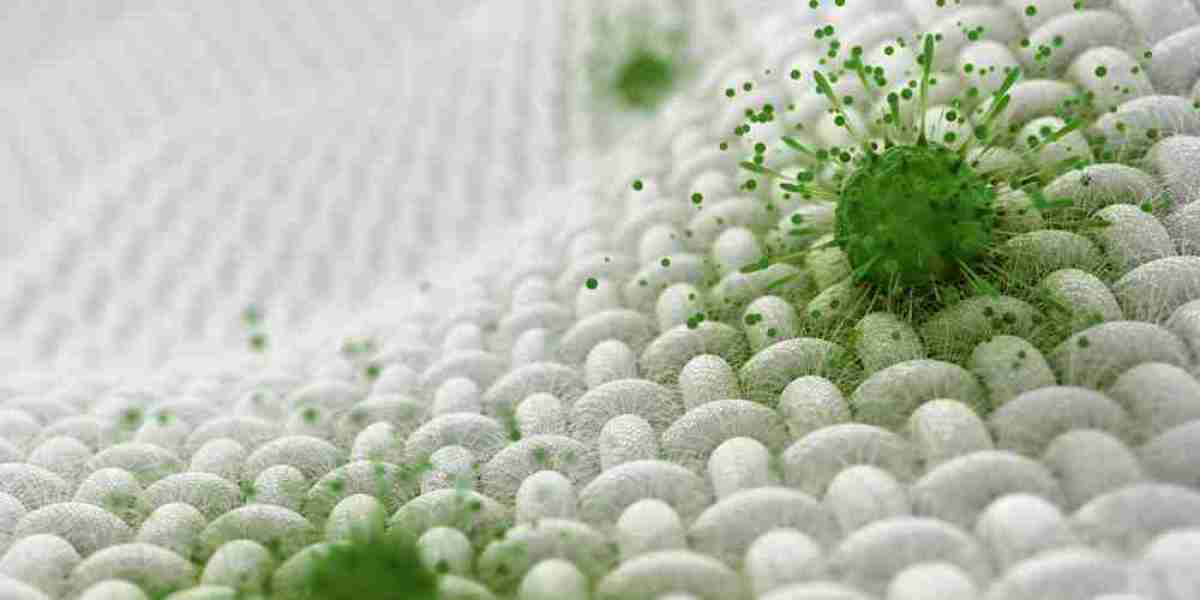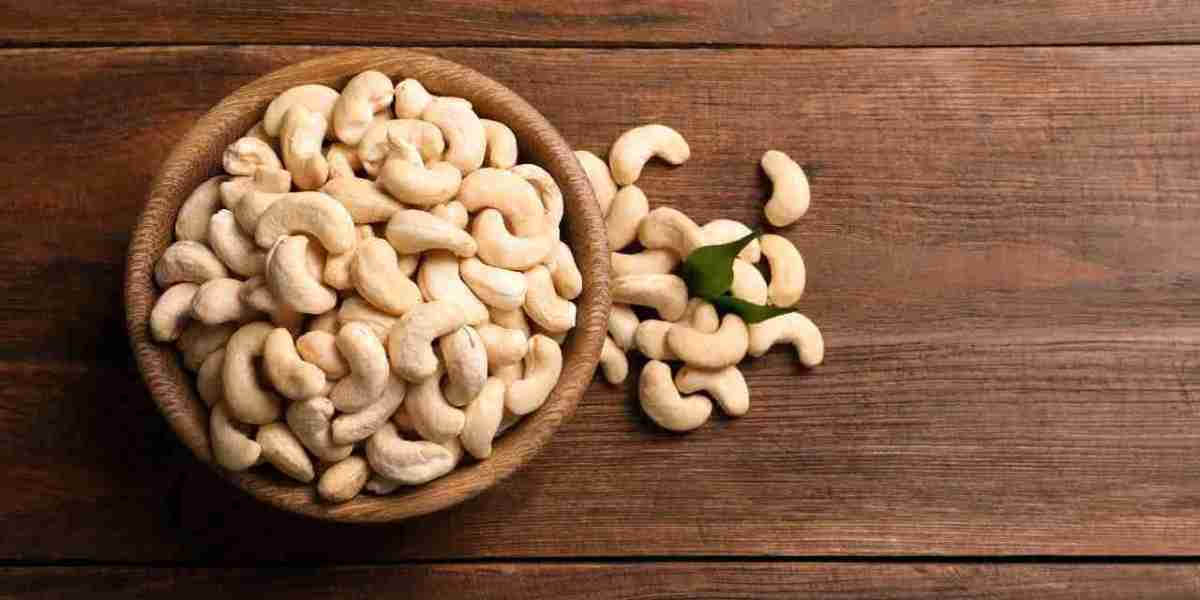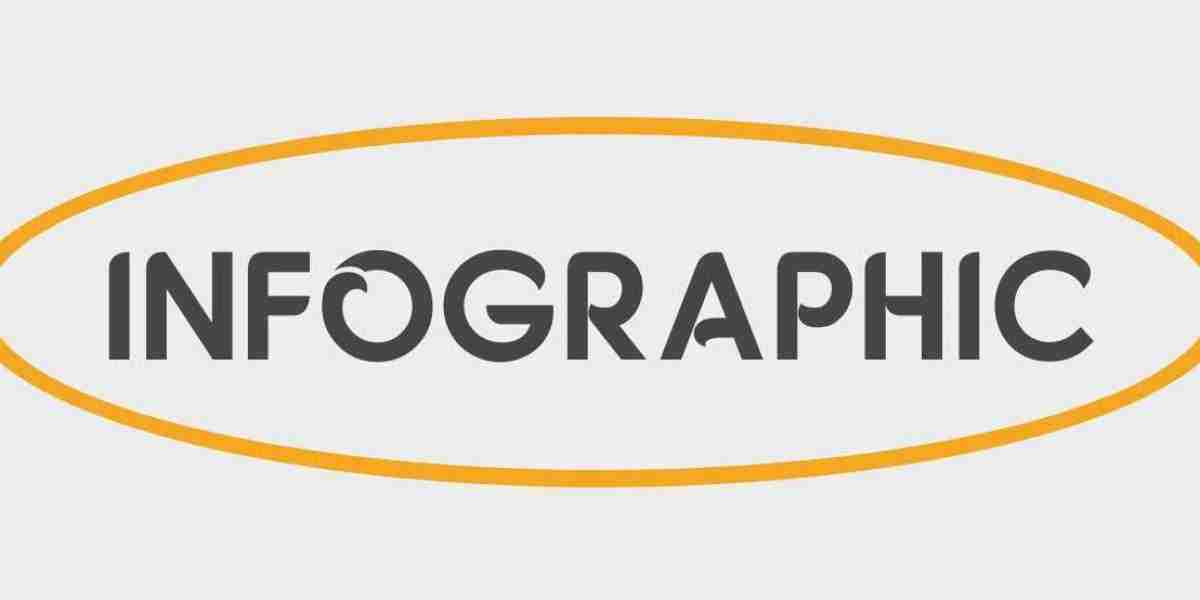In recent years, the antimicrobial textiles market has gained significant momentum due to increasing awareness of hygiene and the rising demand for products that inhibit the growth of harmful microorganisms. Antimicrobial textiles are engineered fabrics treated with agents that either kill or suppress the growth of bacteria, fungi, and viruses, thus enhancing product lifespan and maintaining cleanliness. This market is now witnessing rapid growth, driven by sectors such as healthcare, sportswear, personal protective equipment (PPE), and home textiles.
One of the primary drivers behind the surge in the antimicrobial textiles market is the heightened emphasis on health and sanitation globally. The COVID-19 pandemic particularly underscored the importance of infection control, propelling demand for antimicrobial fabrics in medical environments such as hospitals, clinics, and nursing homes. These textiles are essential in reducing hospital-acquired infections (HAIs) by inhibiting microbial growth on patient gowns, bed linens, and curtains. Additionally, healthcare workers benefit from antimicrobial uniforms and masks, which provide an extra layer of protection.
Beyond healthcare, the activewear and sportswear segments are substantial contributors to market expansion. Athletes and fitness enthusiasts seek fabrics that prevent odor and bacterial buildup, thereby enhancing comfort and hygiene during physical activities. Antimicrobial treatments also help in maintaining fabric freshness over longer periods, reducing the need for frequent washing, which is both eco-friendly and convenient.
The home textile sector is also embracing antimicrobial technologies. Items such as curtains, upholstery, carpets, and bed linens are being treated with antimicrobial agents to prevent mold, mildew, and odors, contributing to healthier living environments. Consumers are increasingly aware of indoor allergens and microbial contamination, thus driving the demand for these specialized textiles.
Technological advancements have played a pivotal role in the evolution of antimicrobial textiles. Various treatment methods include incorporating silver nanoparticles, copper ions, zinc pyrithione, triclosan, and natural biocides such as chitosan and bamboo extracts. Silver nanoparticles are among the most popular due to their broad-spectrum antimicrobial activity and durability. However, ongoing research focuses on ensuring the safety and environmental sustainability of these agents, addressing concerns regarding toxicity and resistance development.
Regionally, the antimicrobial textiles market exhibits diverse trends. North America and Europe have mature markets driven by stringent regulatory standards and high consumer awareness. The Asia-Pacific region is experiencing rapid growth due to expanding healthcare infrastructure, rising disposable incomes, and increased urbanization. Countries such as China, India, Japan, and South Korea are significant contributors, supported by local manufacturers and international collaborations.
Regulatory frameworks continue to shape the market landscape. Agencies like the U.S. Environmental Protection Agency (EPA) and the European Chemicals Agency (ECHA) impose strict guidelines on the use of antimicrobial substances to ensure consumer safety. Compliance with such regulations encourages innovation in safer, more effective antimicrobial treatments.
However, challenges remain. The cost of antimicrobial textiles is generally higher than conventional fabrics, potentially limiting adoption in price-sensitive markets. Moreover, long-term efficacy and durability of antimicrobial treatments under multiple wash cycles require further improvement. Environmental concerns regarding the disposal and biodegradability of treated textiles also necessitate sustainable solutions.
Looking ahead, the antimicrobial textiles market is poised for sustained growth. Increasing investments in research and development, the rise of smart textiles integrating antimicrobial functions with other properties like moisture-wicking and UV protection, and expanding applications in automotive and military sectors are promising trends. Collaborations between textile manufacturers, chemical companies, and research institutes will be crucial to advancing innovative, safe, and eco-friendly antimicrobial solutions.
In summary, the antimicrobial textiles market is undergoing a transformative phase characterized by technological innovation, expanding applications, and growing consumer demand for hygienic and sustainable products. With increasing focus on health and safety worldwide, the market is expected to flourish, offering significant opportunities for stakeholders across the textile value chain.




